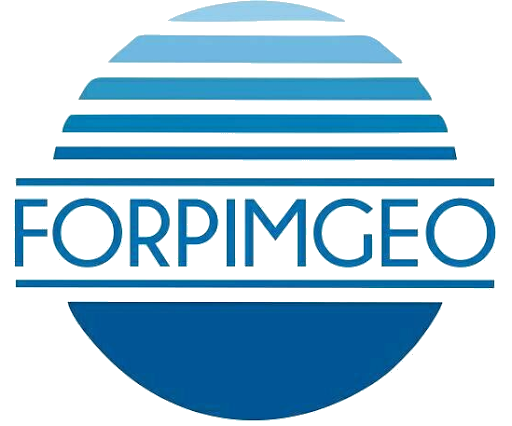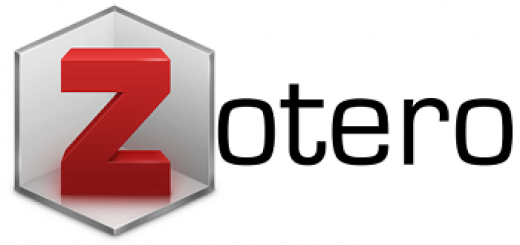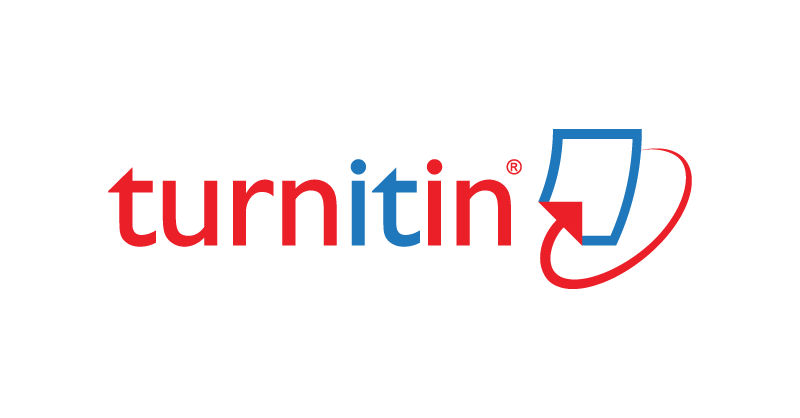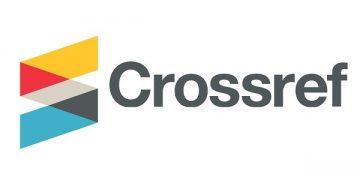Home >
The influence of the window shopping learning model in increasing student geography learning activities at SMAN 12 Pekanbaru. >
Reader Comments >
Types of Dresses - A Complete Guide to...
User
Information














Types of Dresses - A Complete Guide to Different Dress Styles
by Jackson Pring (2025-07-17)
| Post Reply
Opt for a sleek sheath to highlight feminine contours with precision. Wrap variations complement casual meetups smoothly, marrying style and elegance in one combination.
Defined waists with tapered skirts create refinement for office hours, solidifying their popularity among fashion lovers.
Adopt classic cuts like shift shapes to project timelessness without compromising ease. Material blends such as cotton blends infuse richness to your wardrobe.
Understanding Silhouettes and Their Visual Effects
Opting for a silhouette that complements your form can enhance your look markedly. A-line outlines provide distinct effects: A-line adds volume to the lower body, offsetting broader shoulders or narrow hips.
Tailored alternatives showcase curves and establish a sleek, sophisticated profile, making them ideal for curvy builds. Conversely, voluminous silhouettes like skater shapes inject drama and mask areas you may want to downplay.
Understanding the impact of necklines and waistlines in silhouette selection guides towards more flattering looks. Take for instance a high waistline elongates the legs visually, while a drop waist may reduce torso length.
Petite individuals, empire waists add the illusion of height, while leggy physiques, fitted cuts lend proportion and clarity.
Incorporating silhouettes with strategic volume or selective tapering helps in guiding the eye to desired areas, enhancing overall silhouette without overwhelming your frame.
Recognize A-Line, Sheath, and Ball Gown Silhouettes
Examining waist definition and skirt volume helps distinguish these silhouettes.
Use these markers to quickly categorize the silhouette.
Best Body Types for Empire Waist Dresses
highlight curvy figures by emphasizing the narrowest part of the torso, just below the bust.|Ideal for apple silhouettes, these silhouettes offer a balanced appearance by masking the midsection.}
smaller frames benefit from empire waist attire, as the high waistline creates the illusion of height and elongates the legs.|Tall individuals find empire styles suiting since the flowing fabric below the bust avoids overwhelming their stature.}
Pear-shaped bodies, characterized by wider hips and a narrower upper body, gain a enhance the bust area.|The gentle flare below the bust softens wider hips, promoting symmetry.}
For those with a structure without clinging to the midriff, allowing for comfort and elegance.|The elevated seam line lifts rather than compresses the bust, resulting in a flattering profile.}
rectangular shapes enjoy empire waist outfits because the higher cut creates curves and shape where it might be lacking.|Opt for fabrics with soft drape to enhance natural curves.}
Mixing Silhouettes: When to Layer or Combine Styles
defined hourglass shape over a soft sheath silhouette creates a refined juxtaposition that enhances the overall look.|Combining boxy outlines with fitted contours works best by balancing proportions to avoid overwhelming the figure.}
Use a cuffed jacket atop a bias-cut gown to introduce Stacking a peplum bodice over a columnar skirt accentuates the waist while maintaining length and elegance.
Mix A-line with trumpet designs by layering a sculptural shell, blending softness with rigidity.|Pair a ball gown with a simple tee beneath to temper volume and add modern edge.}
Combination
Effect
Recommended Occasions
A-line over sheath
Creates volume without bulk
Day events, casual gatherings
Peplum bodice on column skirt
Defines waist, elongates silhouette
Office, semi-formal settings
Boxy jacket with draped dress
Juxtaposes structure and softness
Evening, cocktail parties
Ball skirt with fitted top
Balances fullness with refinement
Formal occasions, galas
Ensure one layer emphasizes structure while the other retains fluidity to maintain visual harmony.
Choosing a Silhouette for Formal vs Casual Occasions
Opt for structured cuts like sheath or A-line silhouettes when attending formal gatherings; these shapes highlight sophistication and polish without overwhelming the frame. For laid-back settings, embrace relaxed forms like shift or wrap silhouettes that prioritize comfort and ease of movement.
Tailored fits that contour the waist suit upscale venues, offering a sleek and elegant appearance, while looser cuts with flowing fabrics are preferable for casual events, providing breathability and a relaxed vibe.
Consider fabric weight and finish: heavier materials such as satin or brocade complement formal silhouettes, enhancing their structure, whereas informal forms benefit from breathable and pliable fabrics like linen or jersey.
Neckline choices also impact the overall tone: high or bateau necklines elevate the formality, while scoop or V-necks tend toward relaxed appeal.
Incorporate simple jewelry to amplify a structured silhouette’s elegance, such as a bold necklace with a sheath cut, but avoid heavy ornamentation in casual ensembles to preserve laid-back charm.
For insights into refining your look with unique jewelry elements, visit Artificial garnet: what kind of stone it is and how to distinguish it from the natural one?.
Add comment